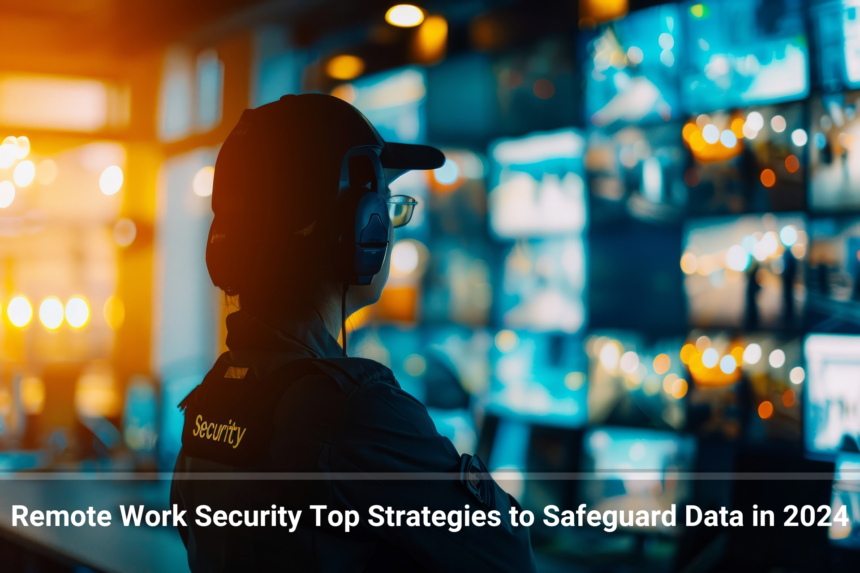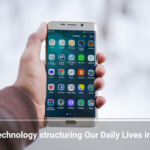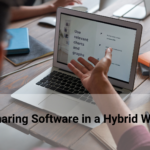The rise of remote work has fundamentally reshaped how businesses operate, bringing both exciting opportunities and significant challenges. As we navigate through 2024, the emphasis on securing remote work environments has never been more crucial. With employees spread across various locations, the traditional boundaries of office security have blurred, making it imperative to adopt comprehensive security strategies to protect sensitive data. Ensuring robust remote work security involves integrating advanced technology, clear policies, and ongoing employee education to safeguard against the unique risks of a decentralized workforce.
The Evolving Landscape of Remote Work in 2024
Remote work has transitioned from a temporary measure to a permanent fixture for many organizations. Today, the remote work landscape is characterized by a blend of home offices, co-working spaces, and hybrid work models that combine in-office and remote work. This evolution has been driven by technological advancements and changing workforce expectations. As businesses embrace this new norm, they must address the security implications of managing a distributed workforce. The rise of cloud computing, collaboration tools, and flexible work arrangements presents both opportunities for increased productivity and challenges in maintaining data security.
Why Securing Remote Work Is Crucial in the Modern Era
In the modern era, securing remote work is more than just a technical necessity—it’s a strategic imperative. With data breaches and cyberattacks becoming increasingly sophisticated, the stakes for protecting corporate information have never been higher. A security lapse in a remote work setup can lead to severe consequences, including financial losses, reputational damage, and legal repercussions. As remote work continues to evolve, organizations must prioritize security to ensure the confidentiality, integrity, and availability of their data, maintaining trust with clients and stakeholders.
Key Challenges in Remote Work Security Today
The shift to remote work has introduced several security challenges that organizations need to address proactively. One major challenge is the diverse array of devices and networks used by remote employees, which can create vulnerabilities if not properly secured. Additionally, the lack of physical security controls, such as access badges and surveillance systems, makes it harder to protect data. Companies also face difficulties in ensuring compliance with regulatory standards across different jurisdictions. Navigating these challenges requires a multifaceted approach that combines technology, policy, and human oversight.
Understanding the Remote Work Security Threats
Remote work exposes organizations to a range of security threats that are distinct from those in traditional office environments. The most pressing threats include phishing attacks, where cybercriminals deceive employees into revealing sensitive information, and malware infections, which can compromise systems and data. The decentralized nature of remote work means that data is often transmitted over less secure networks, increasing the risk of interception. Understanding these threats is essential for developing effective security measures that protect against potential breaches and data losses.
Common Cyber Threats Facing Remote Workers
Remote workers are particularly vulnerable to several common cyber threats. Phishing attacks have become increasingly prevalent, with attackers using deceptive emails or messages to trick users into disclosing their credentials. Malware and ransomware attacks also pose significant risks, as they can encrypt or steal data, causing major disruptions. Furthermore, the use of unsecured Wi-Fi networks and personal devices for work can expose data to interception and unauthorized access. Awareness of these threats helps in implementing preventive measures and safeguarding sensitive information.
The Rise of Phishing Attacks in Remote Environments
Phishing attacks have seen a dramatic rise in remote work settings, exploiting the challenges of working without face-to-face verification. Cybercriminals craft convincing emails and messages to trick employees into providing personal or corporate information. The remote work environment, where direct confirmation of communication is often absent, makes it easier for such attacks to succeed. To combat this, organizations need to implement advanced anti-phishing technologies and conduct regular training sessions to help employees recognize and avoid these deceptive schemes.
Managing Insider Threats and Data Leakage Risks
Insider threats and data leakage present significant risks in a remote work environment. Employees with access to sensitive information might inadvertently or intentionally expose data, leading to potential breaches. Data leakage can occur through various channels, including unsecured email or file-sharing platforms. To mitigate these risks, it’s crucial to implement strict access controls, continuously monitor user activities, and establish clear protocols for handling and sharing sensitive information. Building a culture of vigilance and accountability among employees is also key to preventing data leaks.
The Importance of Secure Access Controls
Secure access controls are vital for protecting data in a remote work environment. Effective access controls ensure that only authorized individuals can access sensitive information, minimizing the risk of unauthorized access and potential breaches. Role-based access control (RBAC) is a useful strategy, where employees are granted access based on their job roles and responsibilities. By limiting access to data on a need-to-know basis, organizations can better safeguard their information and reduce the likelihood of internal and external threats.
Implementing Strong Authentication Measures in Remote work
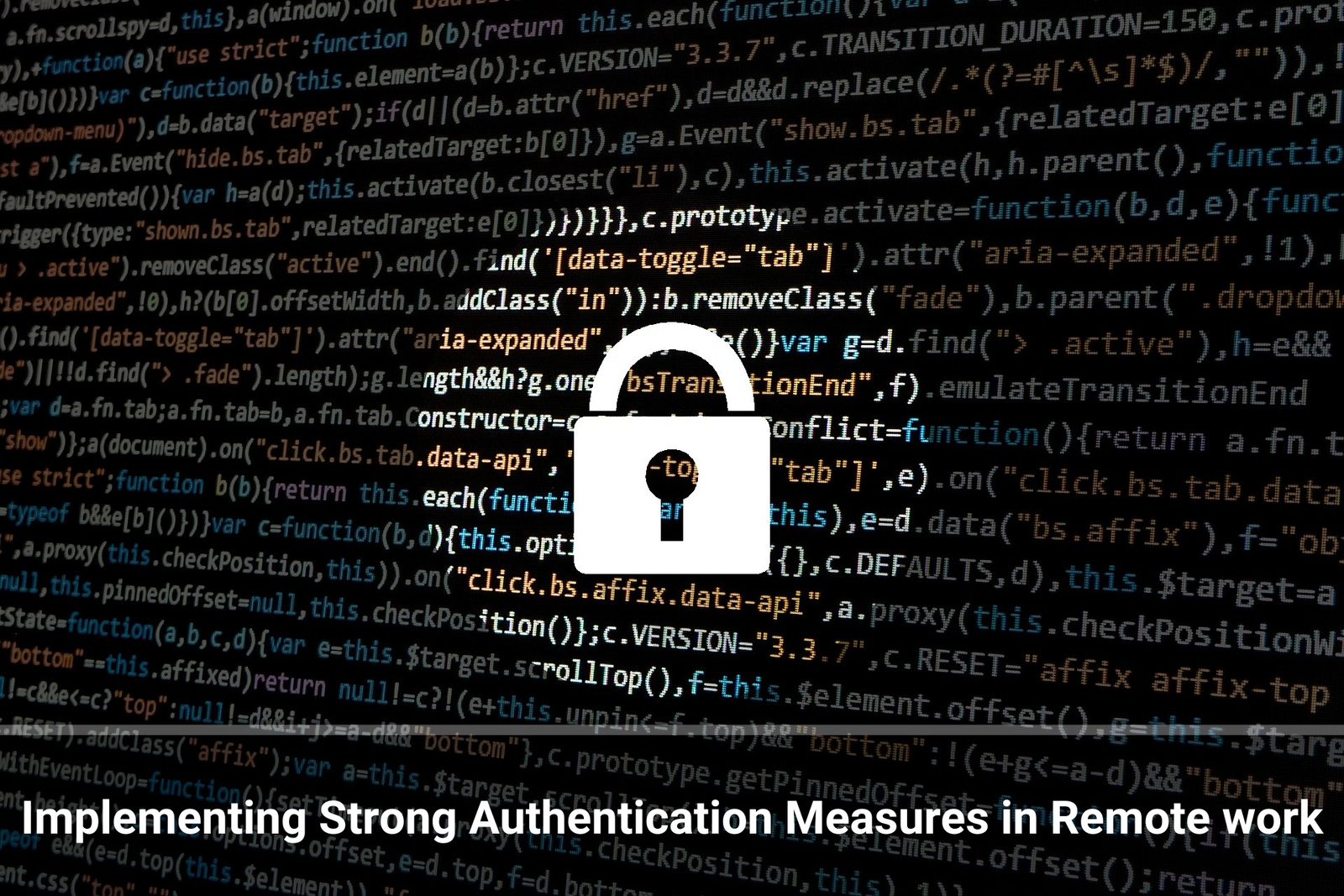
Implementing strong authentication measures is essential for securing remote access to corporate systems. While passwords are a fundamental security component, they are often insufficient on their own. Multi-factor authentication (MFA) enhances security by requiring users to provide multiple forms of verification, such as a password combined with a code sent to a mobile device. This additional layer of security makes it significantly more difficult for unauthorized individuals to gain access, thereby protecting sensitive data from potential breaches.
The Role of Multi-Factor Authentication (MFA)
Multi-factor authentication (MFA) is a critical tool in enhancing remote work security. MFA adds an extra layer of protection by requiring users to verify their identity through more than one method. This might include something they know (a password), something they have (a smartphone), or something they are (a fingerprint). By incorporating MFA, organizations can significantly reduce the risk of unauthorized access, even if a password is compromised. MFA provides a robust defense against common security threats and helps ensure that only legitimate users can access sensitive data.
Securing VPN Connections: Best Practices
Virtual Private Networks (VPNs) are crucial for securing remote connections to corporate networks. VPNs encrypt internet traffic, which protects data from being intercepted by unauthorized parties. To maintain optimal security, organizations should use VPNs with strong encryption protocols and ensure that VPN software is regularly updated. Employees should also be trained on proper VPN usage, including connecting to the VPN before accessing corporate resources and avoiding untrusted networks. Adhering to these best practices helps ensure that remote connections remain secure.
Data Encryption: Safeguarding Sensitive Information
Data encryption is a fundamental aspect of protecting sensitive information, especially in a remote work setup. Encryption transforms data into a coded format that can only be deciphered by those with the correct decryption key. Encrypting data at rest (stored data) and in transit (data being transmitted) helps protect it from unauthorized access and interception. By implementing robust encryption protocols, organizations can safeguard their data against breaches and ensure that even if data is compromised, it remains unreadable to unauthorized individuals.
Encrypting Data at Rest and in Transit
Encrypting data both at rest and in transit is essential for comprehensive data protection. Data at rest refers to information stored on devices or servers, which should be encrypted to prevent unauthorized access in case of theft or loss. Data in transit, which is information being transmitted over networks, should also be encrypted to protect it from interception. This dual-layer approach to encryption ensures that data remains secure throughout its lifecycle, from storage to transmission, and helps protect against various types of cyberattacks.
Choosing the Right Encryption Tools for Your Needs
Selecting the right encryption tools is crucial for effective data protection. Organizations should consider factors such as the type of data being encrypted, regulatory requirements, and compatibility with existing systems when choosing encryption solutions. It’s important to evaluate the strength of encryption algorithms, ease of implementation, and support for various devices and platforms. By choosing appropriate encryption tools, businesses can ensure robust protection for their sensitive information and maintain compliance with security standards.
Endpoint Security: Protecting Devices from Threats
Endpoint security is vital for safeguarding the devices used by remote workers, including laptops, smartphones, and tablets. These devices are often the primary points of access to corporate data and can be vulnerable to various threats, such as malware and viruses. Implementing comprehensive endpoint security solutions, including antivirus software, firewalls, and device management tools, helps protect against these threats. Ensuring that all remote devices are secure and regularly updated is essential for maintaining the integrity of corporate data.
Securing Laptops and Mobile Devices For Remote Work
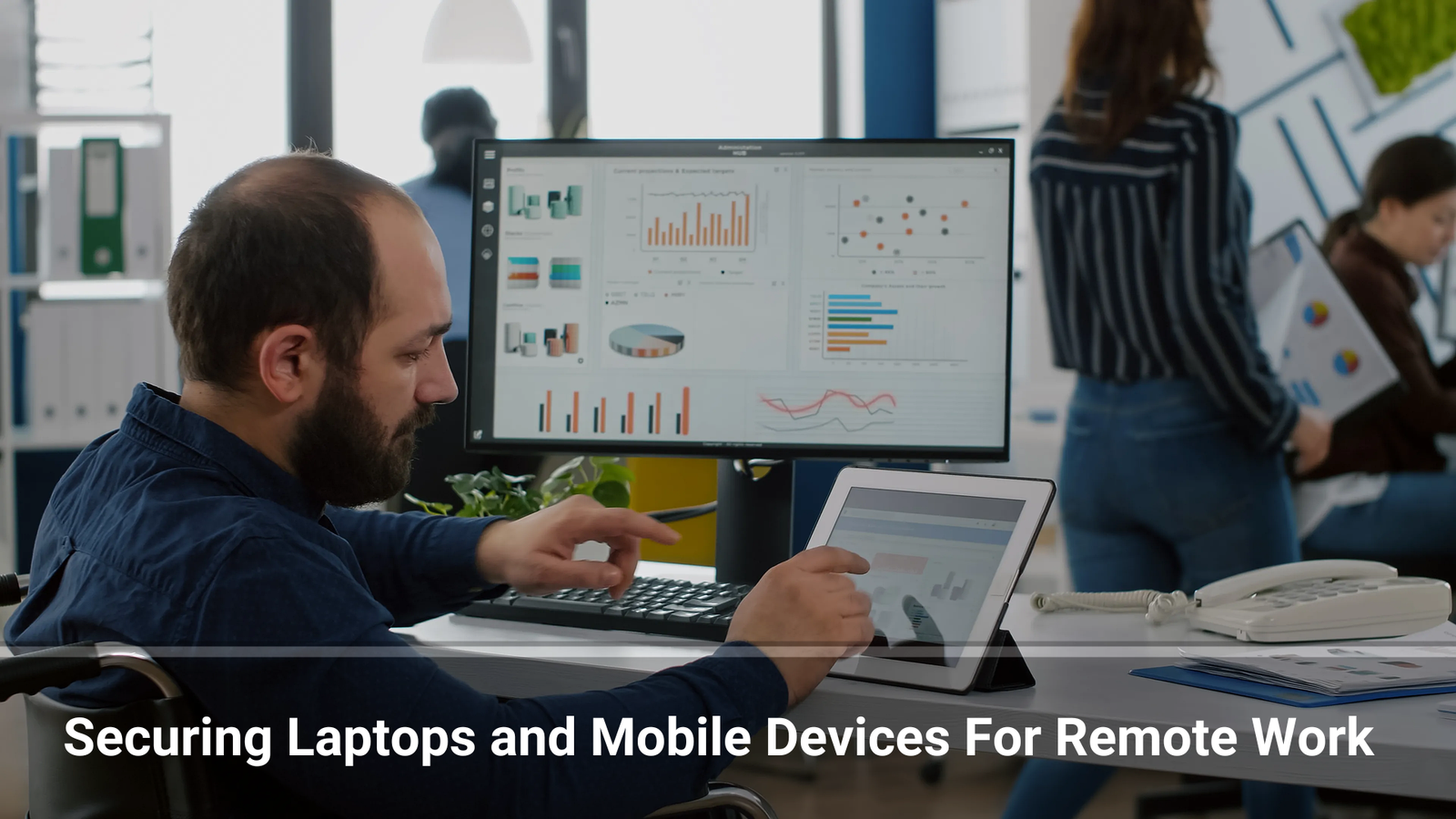
Securing laptops and mobile devices is crucial for protecting data in a remote work environment. Employees should use strong, unique passwords or biometric authentication to access their devices. Encrypting data on these devices provides an additional layer of security in case of theft or loss. Regular updates and patches should be applied to fix vulnerabilities and enhance security. Additionally, employees should be educated on safe practices, such as avoiding suspicious downloads and securing their devices with physical locks when not in use.
Regular Updates and Patching for Device Security
Regular updates and patching are critical for maintaining device security. Software and operating system updates often include security patches that address known vulnerabilities. Keeping devices up to date ensures they are protected against the latest threats and reduces the risk of exploitation. Organizations should establish procedures for timely updates and encourage employees to regularly install patches. This proactive approach helps maintain device security and supports overall data protection efforts.
Safe Usage of Personal Devices for Work
The use of personal devices for work, commonly known as Bring Your Own Device (BYOD), introduces additional security challenges. Organizations should develop clear policies governing the use of personal devices, including security requirements and acceptable usage guidelines. Implementing Mobile Device Management (MDM) solutions can help enforce these policies, monitor compliance, and protect corporate data accessed through personal devices. Clear guidelines and effective management ensure that personal devices do not become weak points in the security framework.
Building a Culture of Cybersecurity Awareness
Building a culture of cybersecurity awareness is essential for safeguarding data in a remote work environment. Employees are the first line of defense against cyber threats, and their understanding of security best practices can significantly impact overall security. Organizations should invest in regular training sessions, awareness campaigns, and simulated phishing exercises to keep employees informed and vigilant. Fostering a culture of cybersecurity awareness helps employees recognize potential threats and adopt secure behaviors that protect both their personal and corporate data.
Training Employees on Security Best Practices
Training employees on security best practices is a fundamental aspect of a comprehensive security strategy. Training programs should cover key topics such as recognizing phishing attempts, securely handling sensitive data, and using strong passwords. By providing practical guidance and resources, organizations equip employees with the knowledge they need to protect themselves and the organization from cyber threats. Regular updates to training materials ensure that employees stay informed about evolving threats and security practices.
Developing Clear Security Policies and Procedures
Clear security policies and procedures are essential for managing remote work security effectively. Organizations should develop comprehensive policies that outline security requirements, acceptable use of technology, and procedures for reporting security incidents. These policies provide a structured approach to security and ensure that employees understand their responsibilities. Communicating and enforcing these policies helps maintain a consistent and effective security posture across the organization.
Regular Security Audits and Compliance Checks
Regular security audits and compliance checks are crucial for identifying vulnerabilities and ensuring that security measures are effective. Audits should assess the performance of security controls, review access permissions, and evaluate compliance with regulatory standards. Conducting periodic audits helps organizations stay ahead of potential issues and reinforces their commitment to data protection. Ongoing compliance checks ensure that security practices remain aligned with industry standards and regulatory requirements.
Utilizing Advanced Security Technologies
Advanced security technologies play a vital role in enhancing remote work security. Technologies such as artificial intelligence (AI) and machine learning offer advanced threat detection and response capabilities. Security Information and Event Management (SIEM) systems provide real-time monitoring and analysis of security events, helping organizations identify and respond to potential threats quickly. Integrating these technologies into the security infrastructure enhances overall protection and helps organizations stay ahead of evolving threats.
The Benefits of AI and Machine Learning in Threat Detection
Artificial intelligence (AI) and machine learning have revolutionized threat detection by providing advanced capabilities for identifying and responding to cyber threats. AI-driven systems can analyze vast amounts of data to detect unusual patterns and potential threats that may be missed by traditional methods. Machine learning algorithms continuously improve their accuracy by learning from past incidents, allowing for more effective and timely responses. Leveraging these technologies enhances the ability to detect and mitigate threats in a remote work environment.
Integrating Security Information and Event Management (SIEM) Systems
Security Information and Event Management (SIEM) systems are crucial for monitoring and managing security events in real time. SIEM systems collect and analyze data from various sources, including network devices, servers, and applications, to provide a comprehensive view of the security landscape. By integrating SIEM systems, organizations can gain insights into potential threats, correlate security events, and respond to incidents more effectively. SIEM systems enhance overall security posture by providing actionable intelligence and supporting proactive threat management.
Exploring Zero Trust Architecture for Enhanced Security
Zero Trust Architecture (ZTA) represents a paradigm shift in security strategy, focusing on the principle of never trusting and always verifying. ZTA operates on the assumption that threats can exist both outside and inside the network, and therefore, access should be continually verified. By implementing ZTA, organizations can enhance security by enforcing strict access controls, segmenting networks, and continuously monitoring user behavior. This approach helps protect against both external attacks and insider threats, providing a robust framework for securing remote work environments.
Handling Data Breaches: Response and Recovery
Despite best efforts, data breaches may still occur. Effective response and recovery strategies are crucial for minimizing the impact of a breach and restoring normal operations. Immediate steps should include isolating affected systems, notifying stakeholders, and conducting a thorough investigation. Clear communication with stakeholders, including customers and regulatory bodies, is essential for managing the breach’s impact. Post-breach analysis helps identify vulnerabilities and strengthens security measures to prevent future incidents.
Steps to Take Immediately After a Data Breach
In the aftermath of a data breach, prompt and decisive action is essential. The first step is to contain the breach by isolating affected systems and preventing further unauthorized access. Next, notify relevant stakeholders, including affected individuals and regulatory authorities, as required by law. Conduct a thorough investigation to determine the breach’s scope and impact. Implement remediation measures to address vulnerabilities and prevent recurrence. Document all actions taken and lessons learned to enhance future security practices.
Communicating with Stakeholders During a Breach
Effective communication is critical during a data breach. Organizations should provide timely and transparent updates to affected stakeholders, including employees, customers, and regulatory bodies. Clear communication helps manage expectations, maintain trust, and provide guidance on mitigating potential risks. It is important to convey the steps being taken to address the breach, the potential impact, and any actions stakeholders should take to protect themselves. Open and honest communication fosters confidence and supports effective breach management.
Post-Breach Analysis and Strengthening Security Measures
After addressing an immediate breach, organizations should conduct a thorough post-breach analysis to understand how the breach occurred and its impact. This analysis should include a review of security controls, incident response procedures, and overall security posture. Based on the findings, organizations should implement enhancements to their security measures, such as updating policies, improving technology, and increasing employee training. Strengthening security measures helps prevent future breaches and ensures a more resilient security framework.
The Future of Remote Work Security
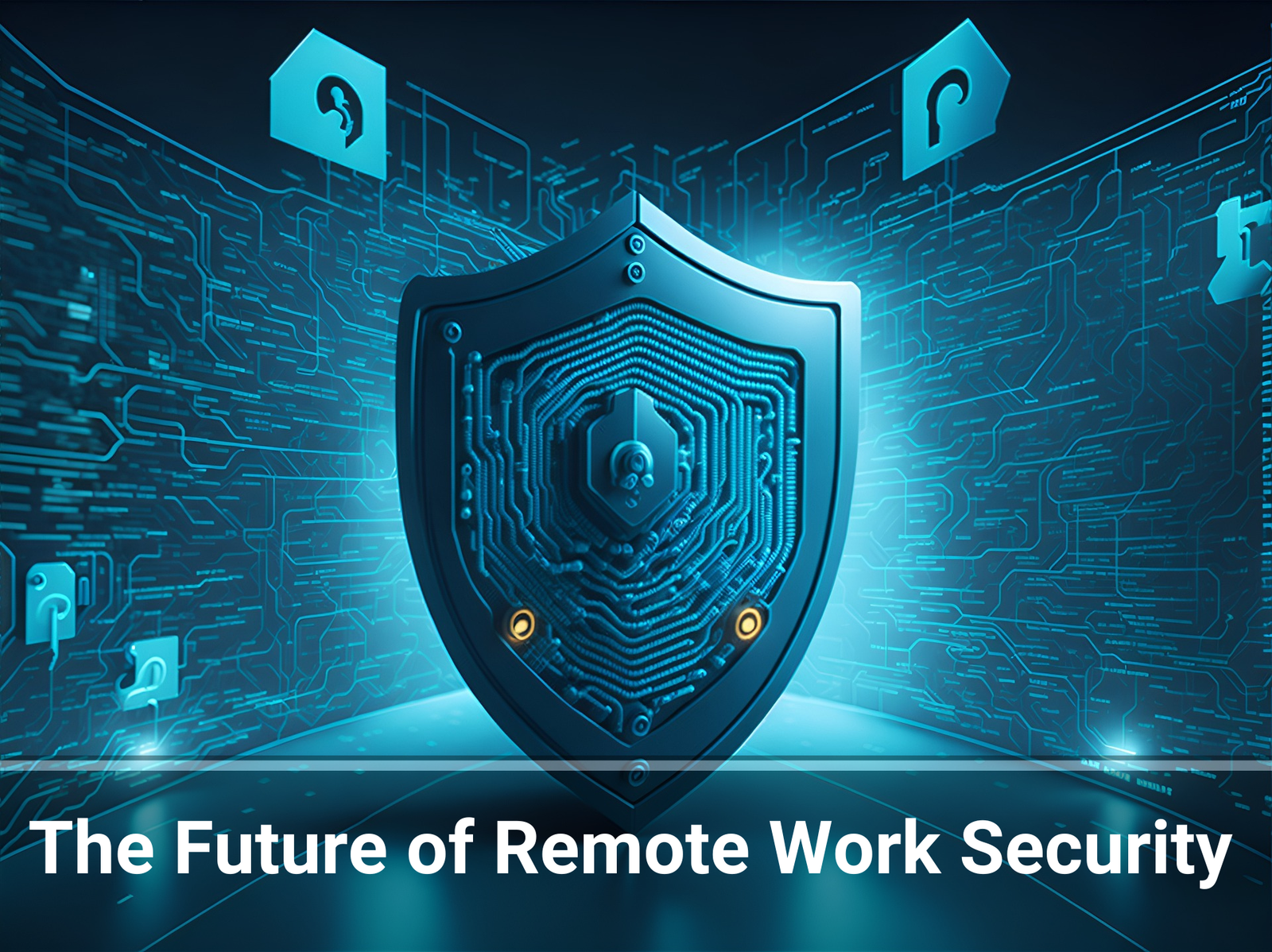
Looking ahead, the future of remote work security will be shaped by emerging trends and technologies. As remote work continues to evolve, organizations must stay vigilant and adapt their security strategies to address new challenges. The rise of advanced technologies, such as AI and blockchain, will offer new opportunities for enhancing security. Preparing for the next generation of cyber threats and adapting to hybrid work models will be essential for maintaining a secure remote work environment.
Emerging Trends and Technologies in Remote Security
Emerging trends and technologies will play a significant role in shaping the future of remote work security. Innovations such as AI-driven threat detection, advanced encryption techniques, and blockchain-based security solutions are likely to transform how organizations approach data protection. Staying informed about these trends and incorporating relevant technologies into security strategies will help organizations stay ahead of evolving threats and maintain a strong security posture.
Preparing for the Next Generation of Cyber Threats
The landscape of cyber threats is constantly evolving, with new and more sophisticated attacks emerging regularly. To prepare for the next generation of cyber threats, organizations should invest in cutting-edge technologies, conduct regular threat assessments, and stay abreast of industry developments. Implementing proactive security measures and fostering a culture of continuous improvement will help organizations anticipate and respond to future threats effectively.
Adapting Security Strategies for a Hybrid Work Model
As hybrid work models become increasingly common, organizations must adapt their security strategies to address the unique challenges of managing both remote and in-office employees. This includes implementing flexible security policies, integrating diverse security technologies, and ensuring consistent protection across different work environments. Adapting security strategies to accommodate hybrid work will help organizations maintain a secure and productive work environment, regardless of where employees are located.
For more information about technology visit our technology section.


